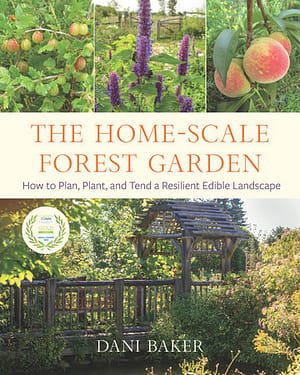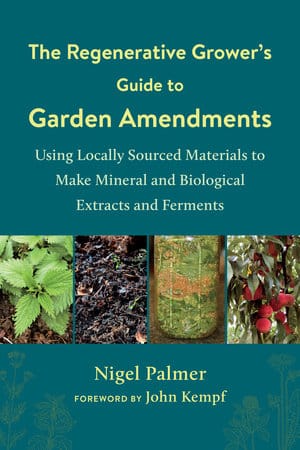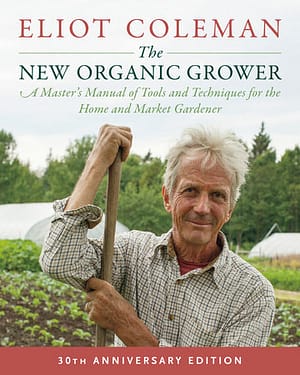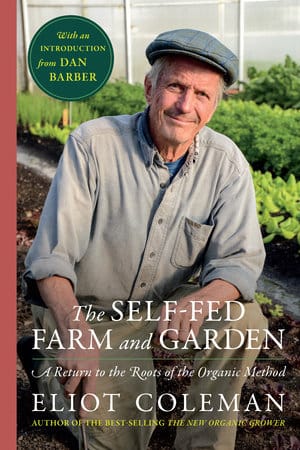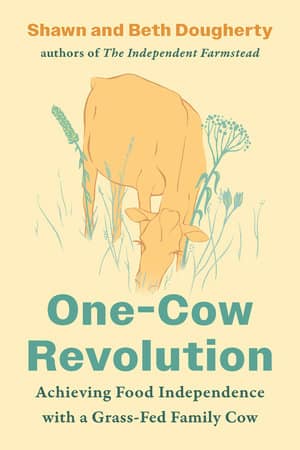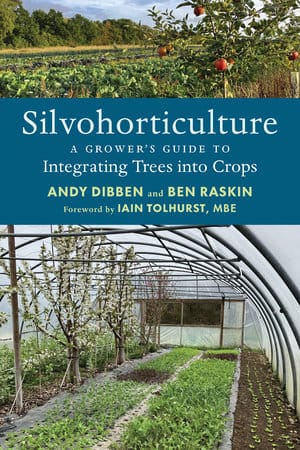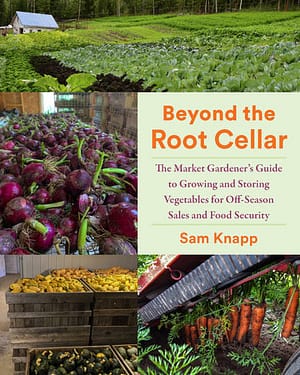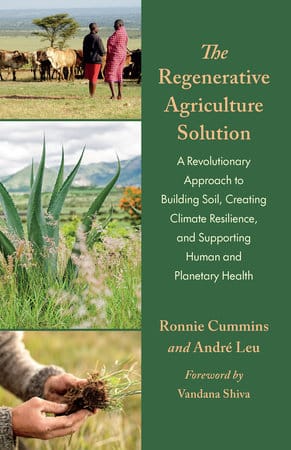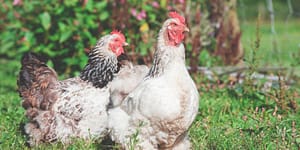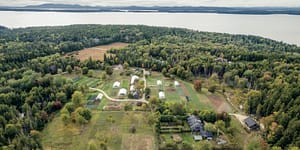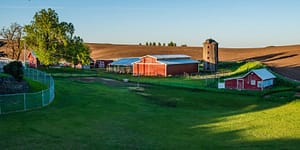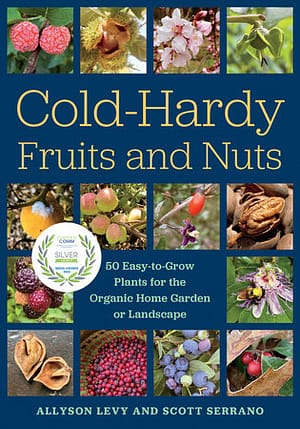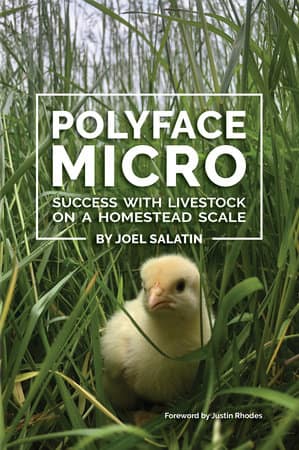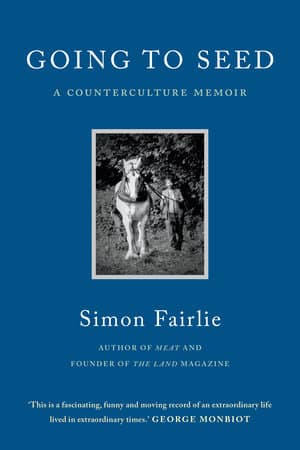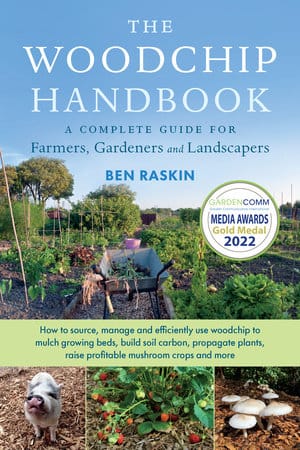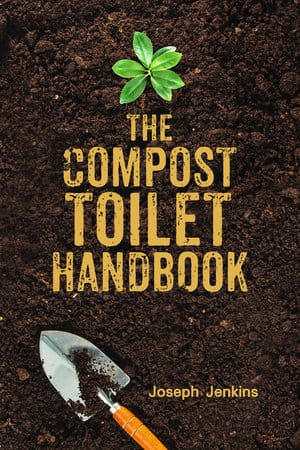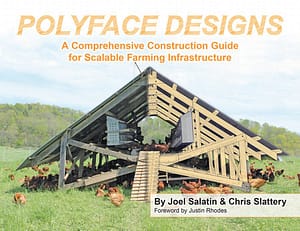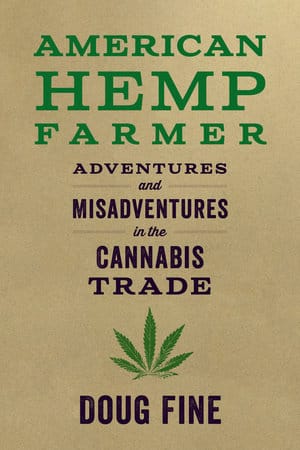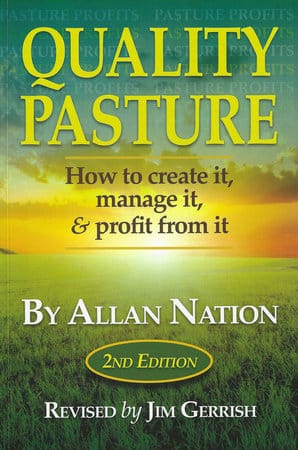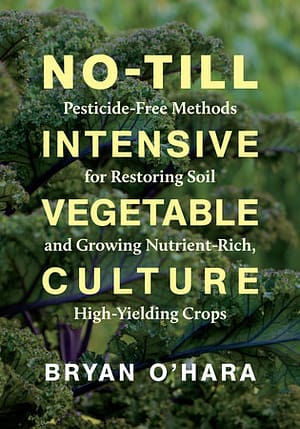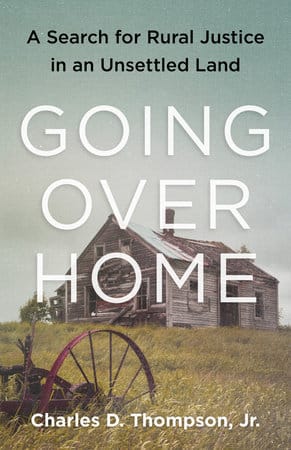
Featured Titles
Latest Releases
The Mycelial Healer
$34.95The Self-Fed Farm and Garden
$29.95One-Cow Revolution
$24.95Silvohorticulture
$24.95Beyond the Root Cellar
$45.00Dig into our Articles - Farming & Homesteading
Don’t Bawk: The Wild and Wonderful Chicken Tractor
Aside from the sheer pleasure of telling your friends, straight-faced, that you maintain your garden using something called a “chicken…
Read MoreVegetable Farm Tips: The Keys to Efficient Veggie Production
If the idea of running a vegetable farm sounds daunting, you’re not alone. What can you do to simplify techniques and reduce expenses? Where do you even begin?
Read MoreFarming Against Nature
When you’re walking around the grocery store looking at the vegetables, it’s probably hard to imagine that a century ago there was twice the amount of options.
Read MoreFarming & Homesteading
The Regenerative Grower’s Guide to Garden Amendments
Paperback $24.95
Add to WishlistAlready In Wishlist
Add to Wishlist
No-Till Intensive Vegetable Culture
Paperback $29.95
Add to WishlistAlready In Wishlist
Add to Wishlist
Raising Pastured Rabbits for Meat
Paperback $24.95
Add to WishlistAlready In Wishlist
Add to Wishlist


